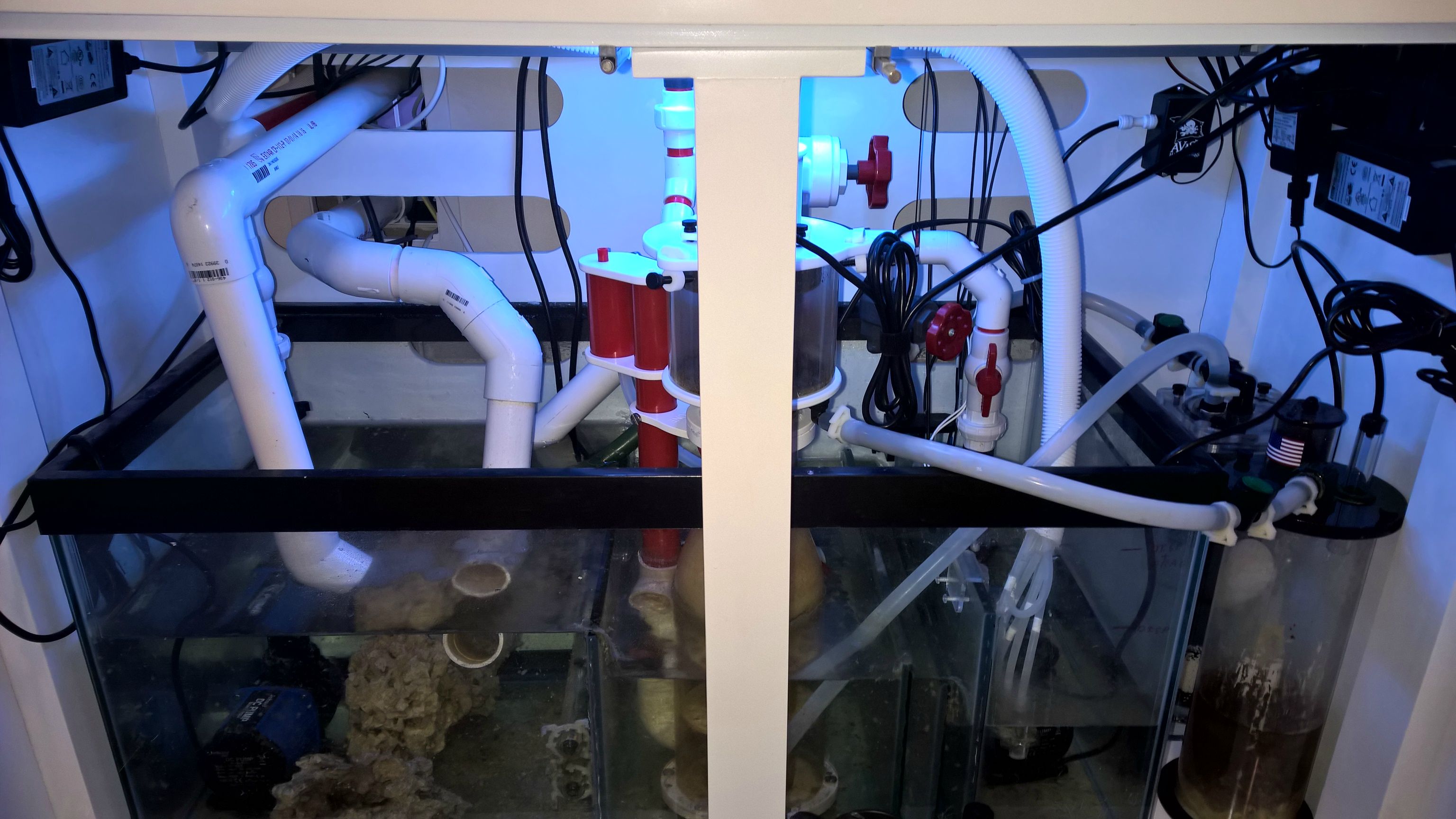I'm new to the hobby and have a few questions about the "Triton Method". I have an engineering background so I'm always looking for data driven approaches. As I was doing my research I couldn't find a solid reason for water changes other than to replenish these mysterious trace elements, so naturally I was quite happy when I came across the triton method which matches what I was thinking. However I have a couple of unanswered questions.
The only good info I've come across is written by users "Triton method for dummies". So I don't know what info is based on the users recommendations, and what information is based on actual Triton recommendations and thorough testing.
Questions
1. Sump recommendation is for 10x flow rate through sump. What is the reason for this? Was there testing to prove that 10x is required instead of the more common 3-4x flow rate. Where can I read the details of the testing and the results? 10x will significantly increase overflow noise and power consumption of the return pump of my system (which will be in the basement below the tank).
Sources recommending 3-4x flow through sump:
http://www.advancedaquarist.com/2003/4/beginner
http://reefkeeping.com/issues/2008-01/newbie/index.php
http://coralmagazine.coverleaf.com/coral/20100304#pg41
2. Sump setup of having refugium prior to skimmer, as opposed to after skimmer? I've commonly read that it's best to have the refugium after the skimmer section. What are the nutrients that the skimmer removes that the algae needs? What kind of testing was done to prove this? Where can I see the data?
I'm hopping to hear from official titron reps on this.
The only good info I've come across is written by users "Triton method for dummies". So I don't know what info is based on the users recommendations, and what information is based on actual Triton recommendations and thorough testing.
Questions
1. Sump recommendation is for 10x flow rate through sump. What is the reason for this? Was there testing to prove that 10x is required instead of the more common 3-4x flow rate. Where can I read the details of the testing and the results? 10x will significantly increase overflow noise and power consumption of the return pump of my system (which will be in the basement below the tank).
Sources recommending 3-4x flow through sump:
http://www.advancedaquarist.com/2003/4/beginner
http://reefkeeping.com/issues/2008-01/newbie/index.php
http://coralmagazine.coverleaf.com/coral/20100304#pg41
2. Sump setup of having refugium prior to skimmer, as opposed to after skimmer? I've commonly read that it's best to have the refugium after the skimmer section. What are the nutrients that the skimmer removes that the algae needs? What kind of testing was done to prove this? Where can I see the data?
I'm hopping to hear from official titron reps on this.










